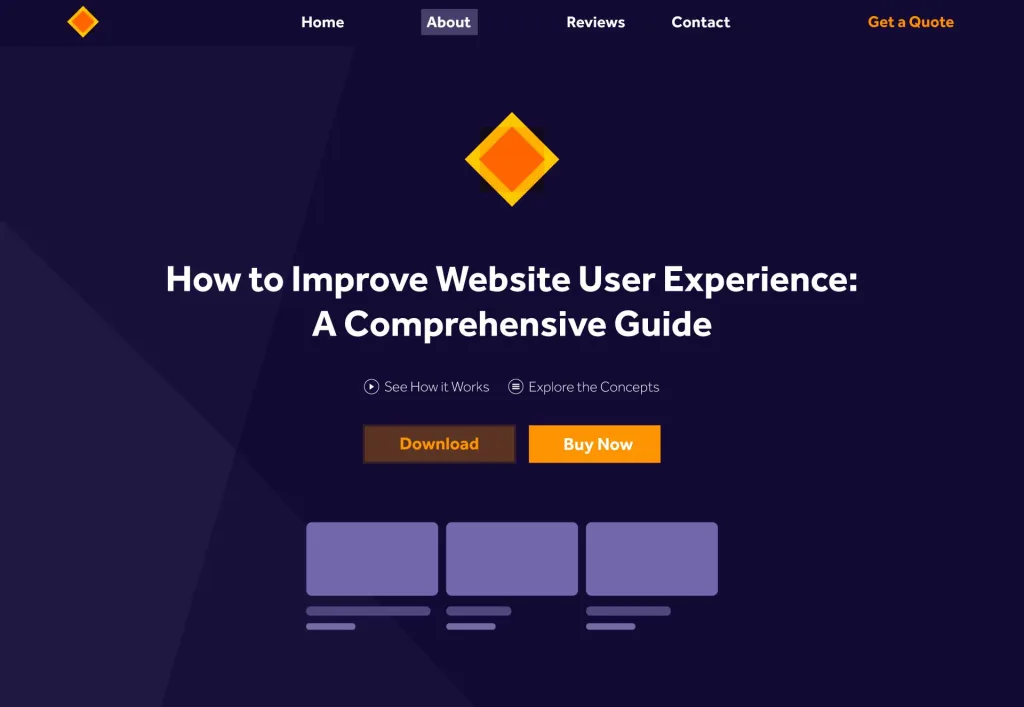How to Improve Website User Experience: A Comprehensive Guide
As a website owner, providing a positive user experience is crucial to retaining visitors, increasing engagement, and driving conversions. A website with a poor user experience can quickly turn potential customers away, leading to lost revenue and a damaged reputation. In this article, we’ll explore some of the key strategies you can use to improve your website’s user experience and keep visitors coming back for more.
What is User Experience (UX)?
User experience (UX) refers to the overall experience a user has when interacting with a website or digital product. This includes everything from the design and layout of the site to the ease of navigation and the clarity of content. A good user experience is one that is intuitive, engaging, and meets the needs of the user.
Why is User Experience Important?
Providing a positive user experience is essential for several reasons. Firstly, it helps to keep visitors engaged with your site, reducing bounce rates and increasing the likelihood that they will return. Secondly, it can improve your search engine rankings, as search engines like Google place a high value on sites that provide a good user experience. Finally, a positive user experience can increase conversions, as users are more likely to complete a purchase or sign up for a service if they feel confident and comfortable using your site.
Now that we understand the importance of user experience, let’s look at some practical steps you can take to improve it.

- Simplify Navigation
One of the most crucial elements of a good user experience is easy-to-use navigation. Visitors should be able to find what they are looking for quickly and easily, without having to click through multiple pages or menus. To simplify navigation, consider the following:
- Use a clear, concise menu structure
- Include a search bar to allow users to find content quickly
- Use breadcrumbs to help users understand where they are on the site
- Ensure Fast Load Times
Slow load times can be a significant barrier to a good user experience. Visitors are unlikely to wait around for a site to load, so it’s essential to ensure that your pages load quickly. To achieve this, consider the following:
- Optimize images and videos to reduce file size
- Use a content delivery network (CDN) to improve server response times
- Use caching to store frequently accessed data, reducing server load
- Make Your Site Mobile-Friendly
With more and more users accessing the internet via mobile devices, it’s crucial to ensure that your site is mobile-friendly. This means designing your site to work well on smaller screens and with touch-based navigation. To make your site mobile-friendly, consider the following:
- Use responsive design to ensure your site adapts to different screen sizes
- Use larger font sizes to make text easier to read on smaller screens
- Ensure that buttons and links are large enough to be easily clickable on touchscreens
- Use Clear Calls-to-Action (CTAs)
Calls-to-action (CTAs) are an essential element of any website, as they encourage users to take a specific action, such as making a purchase or signing up for a service. To make your CTAs as effective as possible, consider the following:
- Use clear, concise language that tells users what they will get by clicking the button
- Use contrasting colours to make the button stand out from the rest of the page
- Place the CTA in a prominent position, such as above the fold or at the end of a page
- Test and Iterate
Finally, it’s essential to continually test and iterate your site to ensure that it provides the best possible user experience. This means using analytics tools to track user behaviour, conducting user testing to get feedback from real users, and making changes based on your findings.







